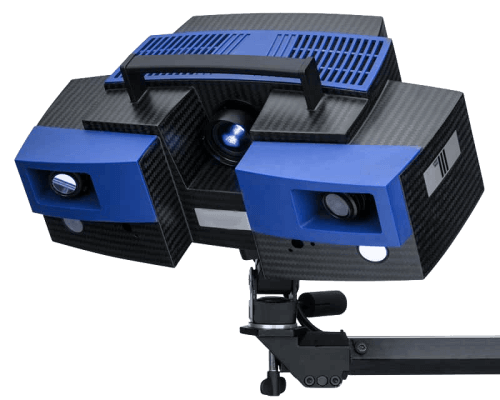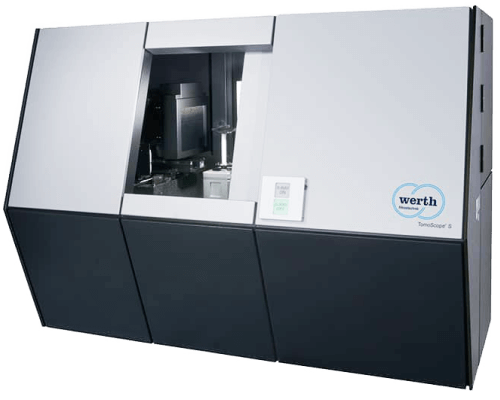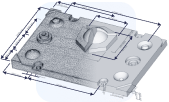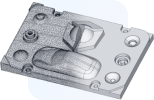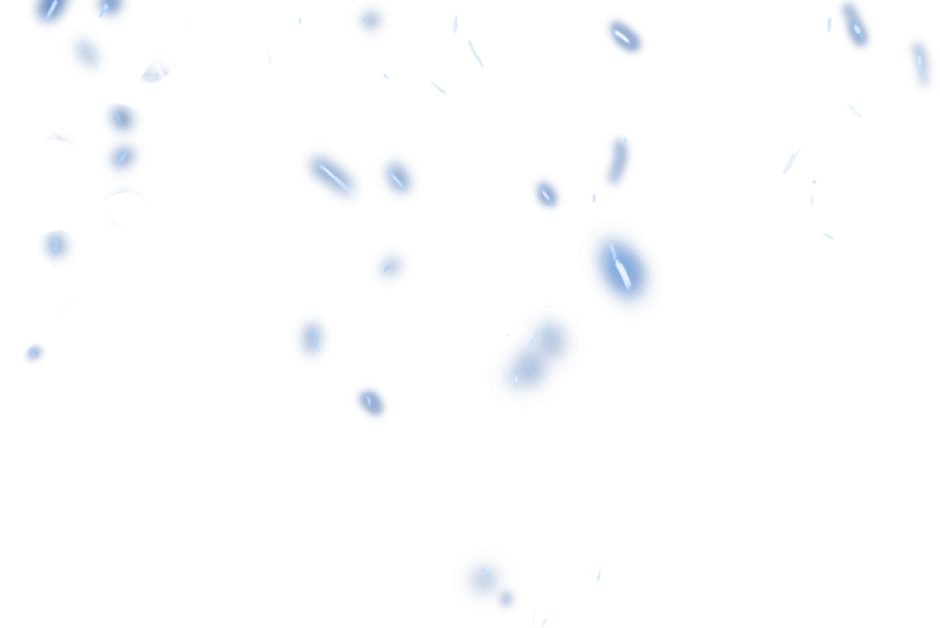Estimated reading time:
mins
- Last updated: 01.08.2020
- Explanation
We digitally repaired the broken clothes rail holder of an IKEA closet and then 3D-printed it in plastic. We first 3D-scanned the original broken part using a 3D CT scanner (computed tomography 3D scanner). Afterward, we reconstructed the 3D scan using reverse engineering and thus repaired it. The finished file was 3D-printed inside a laser sintering 3D printer.
